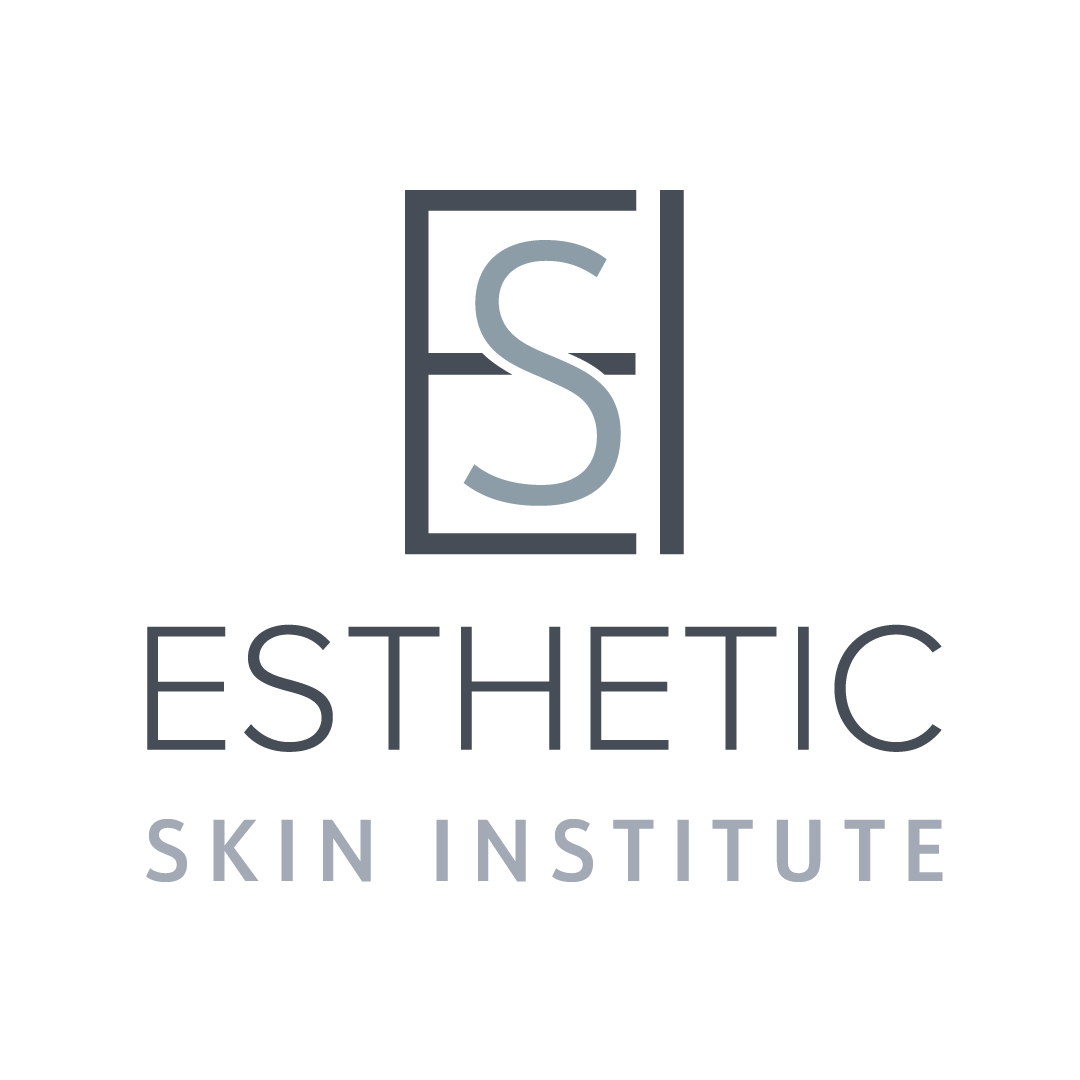How to Choose the Right Dermal Filler for Your Patients
Choosing the right dermal filler for your patients is crucial to achieving optimal results and ensuring patient satisfaction. With various options available, each designed for specific purposes, understanding the nuances of different fillers can make a significant difference in treatment outcomes. Here’s a comprehensive guide to help you make the best choice for your patients.
Understanding Dermal Fillers
Dermal fillers are injectable substances used to restore volume, smooth lines, and enhance facial contours. They are commonly used to treat wrinkles, fine lines, and hollow areas of the face, as well as to augment lips and cheeks. The most popular types of dermal fillers include:
Hyaluronic Acid (HA) Fillers
Calcium Hydroxylapatite (CaHA) Fillers
Poly-L-lactic Acid (PLLA) Fillers
Polymethylmethacrylate (PMMA) Fillers
Autologous Fat Injections
Each type has its unique properties, benefits, and ideal applications.
Factors to Consider When Choosing a Dermal Filler
Patient’s Age and Skin Condition
Younger patients with minimal volume loss may benefit more from hyaluronic acid fillers, which provide subtle and natural-looking results.
Older patients with significant volume loss may require more robust fillers like calcium hydroxylapatite or poly-L-lactic acid.
Treatment Area
For lip augmentation, hyaluronic acid fillers are usually preferred due to their smooth consistency and reversibility.
For deep nasolabial folds, calcium hydroxylapatite or poly-L-lactic acid fillers might be more effective due to their thicker consistency and longer-lasting results.
Desired Longevity of Results
Hyaluronic acid fillers typically last 6-12 months, making them a good choice for patients who prefer temporary adjustments.
Calcium hydroxylapatite and poly-L-lactic acid fillers can last up to 18 months or more, providing longer-lasting results.
Patient’s Medical History and Allergies
It’s essential to review the patient’s medical history for any allergies or conditions that may contraindicate certain fillers.
Hyaluronic acid fillers are generally well-tolerated and have a lower risk of allergic reactions compared to some other fillers.
Budget Considerations
Cost can be a significant factor for patients. Hyaluronic acid fillers tend to be less expensive than longer-lasting options like poly-L-lactic acid or calcium hydroxylapatite fillers.
Reversibility and Safety
Hyaluronic acid fillers have the advantage of being reversible with hyaluronidase, which can dissolve the filler if necessary. This makes them a safer option for first-time patients or those unsure about the results.
Popular Dermal Fillers and Their Uses
Hyaluronic Acid Fillers (e.g., Juvederm, Restylane)
Best for: Lips, cheeks, under-eye hollows, fine lines
Pros: Natural-looking, reversible, well-tolerated
Calcium Hydroxylapatite Fillers (e.g., Radiesse)
Best for: Deep wrinkles, nasolabial folds, cheek augmentation
Pros: Long-lasting, stimulates collagen production
Poly-L-lactic Acid Fillers (e.g., Sculptra)
Best for: Volume restoration in cheeks, temples, and jawline
Pros: Gradual, long-lasting results, collagen stimulation
Polymethylmethacrylate Fillers (e.g., Bellafill)
Best for: Deep wrinkles, acne scars
Pros: Permanent results, suitable for deeper corrections
Autologous Fat Injections
Best for: Volume loss in cheeks, lips, and hands
Pros: Natural, long-lasting, uses patient’s own fat
Consultation and Customization
Every patient is unique, and a thorough consultation is essential to determine the best filler for their needs. During the consultation:
Assess the patient’s facial anatomy and skin condition.
Discuss the patient’s aesthetic goals and expectations.
Consider any previous treatments and their outcomes.
Create a customized treatment plan tailored to the patient’s needs and preferences.
Selecting the right dermal filler requires a combination of knowledge, experience, and an understanding of the patient’s individual needs. By considering factors such as age, treatment area, desired longevity, medical history, and budget, you can ensure optimal results and high patient satisfaction. Stay updated with the latest advancements in dermal fillers and continue your education to provide the best possible care for your patients.
For more information on dermal filler training and courses, visit Esthetic Skin Institute or contact us to learn about our specialized programs designed to enhance your skills and knowledge in medical aesthetics.

